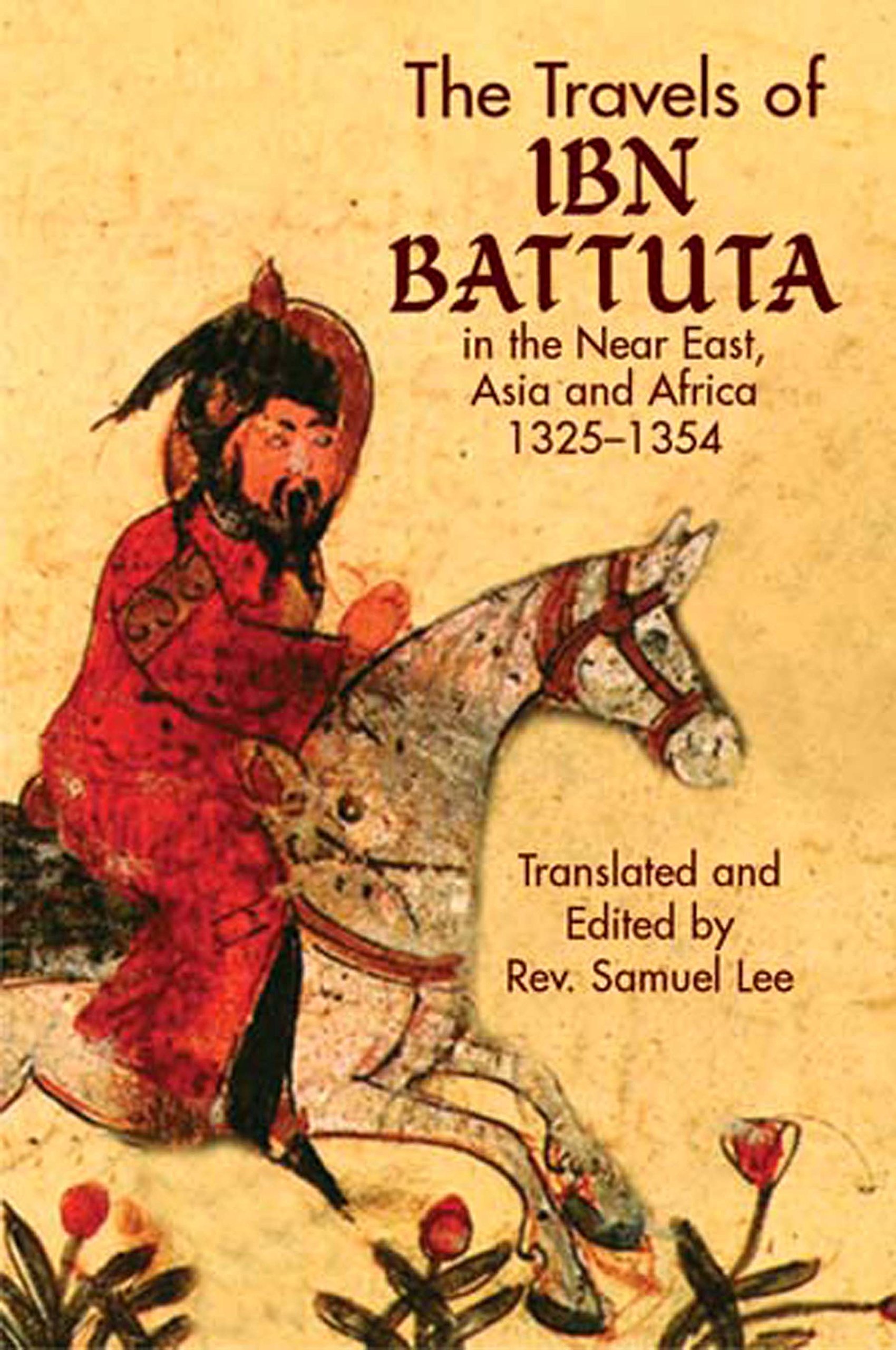Princess Urduja (ca. 1350–1400 AD) is believed to be a legendary warrior princess who is recognized as a heroine in Pangasinan, Philippines. The Indianized name Urduja appears to be Sanskrit in origin, and a variation of the name “Udaya”, meaning “arise” or “rising sun”, or the name “Urja”, meaning “energy”, “life force” or “breath”. A historical reference to Urduja is reported to be found in the travel account of Ibn Battuta (1304 – possibly 1368 or 1377 AD), a Muslim traveler from Morocco.
Urduja is often described as tall and beautiful, having golden bronze skin and dark hair, clad in gold and is adept in sword fighting and horseback riding. Leader of the Kinalakihan (warrior women). She is also believed to be multi-dialect which was a common characteristic of the nobles in pre-colonial Southeast Asia.
Just over a year ago I created a chart that included the pantheons of deities, mythical beings and heroes of Philippine Myth, Folklore, and beliefs. I was approached by several Pangasinense who insisted I take Princess Urduja off of the chart because “she was a real person”. This piqued my curiosity, so I began to sporadically conduct my own research. Recently, in a poll on The Aswang Project Facebook page about articles people would like us to research, it turned out Princess Urduja was near the top of that list. The subject has been researched in the past, but in the modern age we have access to every library in the world and a simple click can download documents that previous authors may not even have known existed.
In this article we will examine the story of Princess Urduja, discover who she really was, which lands she ruled, and how her legend came to be.
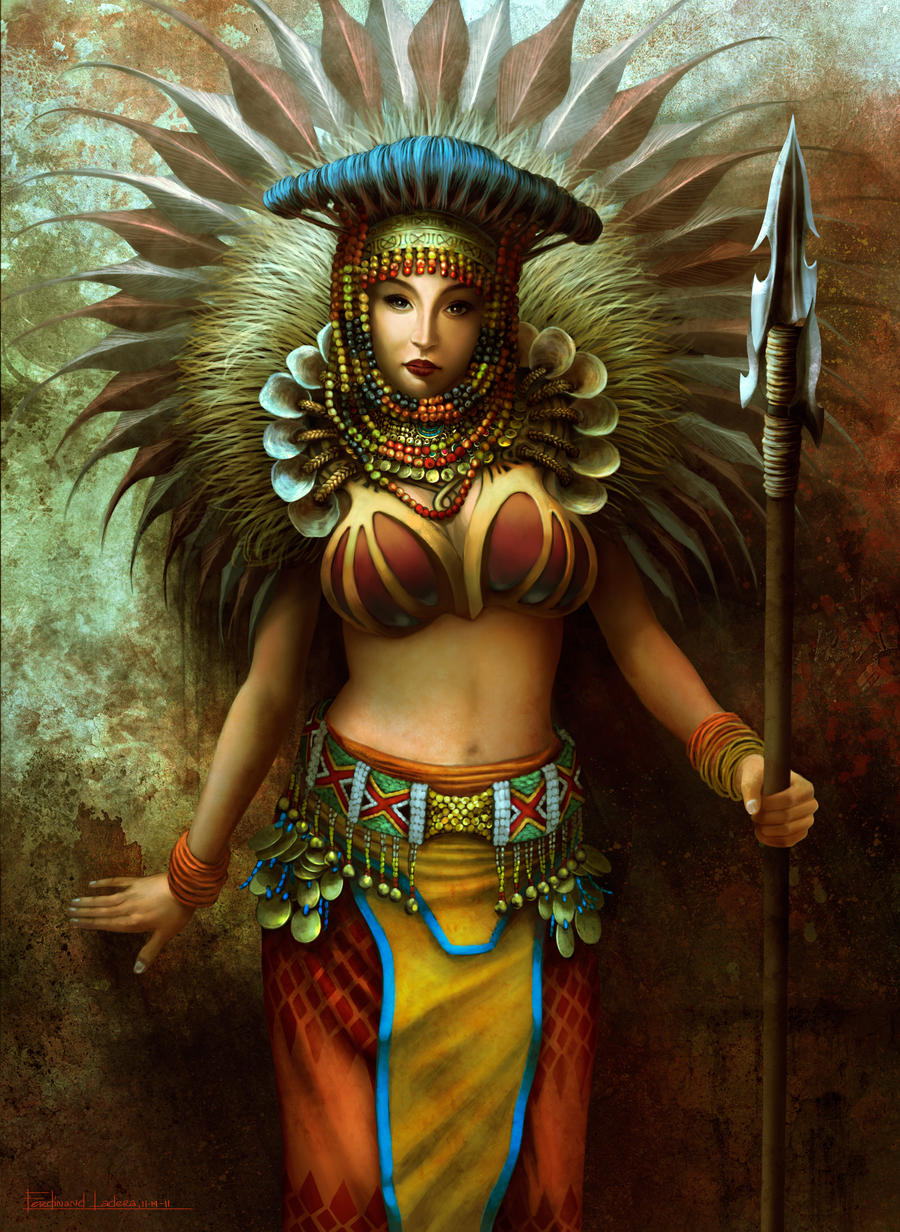
The Story of Princess Urduja
With the rise and prominence of the Shri-Visayan Empire in the 6th to the 13th centuries, political dominance by conquests and wars took place. By the series of wars , the men population was depleted. In the course of time, the women folks by necessity in the scarcity of available men, had to take the place of the men in the battlefield so that they came to develop the high art of warfare to preserve their political state.
About seven hundred years ago, when Pangasinan was a kingdom, there lived a famous woman ruler in that dominion. Young, beautiful and well-educated, Princess Urduja was reputed to be a good warrior who had personally led her soldiers to the battlefields. Her retinue consisted of women skilled in arms, in riding horses and with well-built and well-developed bodies, prodigious strengh and masculine physique dubbed as Kinalakian or Kalakian or Amazon.
To the Pangasinan court many a suitor came, seeking for the hand of fair Urduja. The Princess said to them, “I will marry only the man who can defeat me. My husband must be braver , stronger, and wiser than myself.” As no one qualified to her demands, she remained unmarried all her life. For no one wished to be beaten by a woman. When her mother died, she became the ruler of Pangasinan region. Her bravery and skill were known far and near. She ruled her people well and wisely. Like the famous Amazons of old, Princess Urduja was not only intelligent, beautiful, and dominant, but also the very personification of kindness and virtue. One of her policies was to introduce the best of other countries adapted to her own. She was a woman who was interested in foreign affairs for the good of her own kingdom. She liked to hear the tales about India, the Pepper Country.
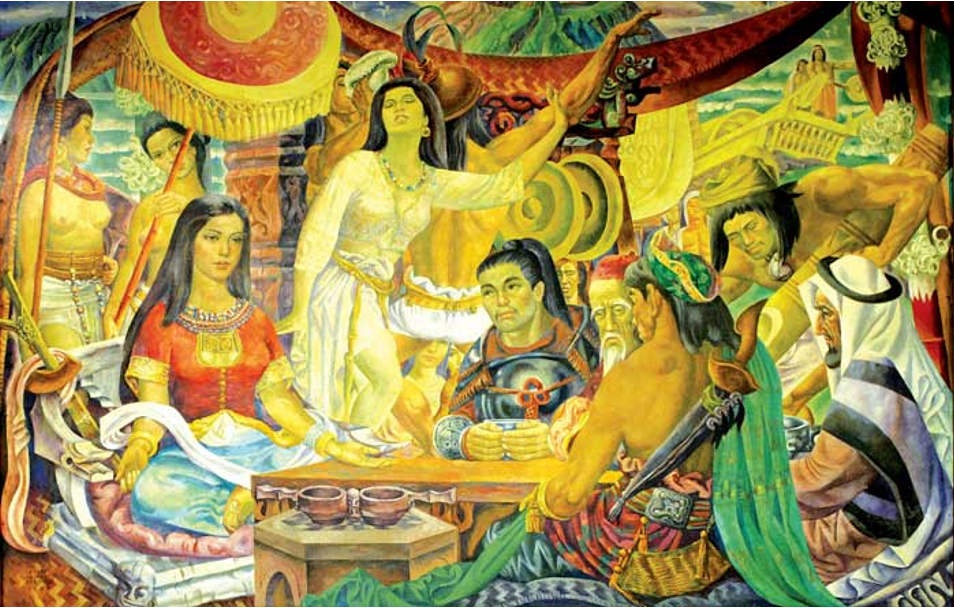
An Arab traveller, Ibn Batuta, on his way to china, stopped at her kingdom. According to her custom, she invited the ship’s crew to a banquet. The Arab refused to go because he could not eat their food since they were “infidels”. The princess was offended and summoned him. He was surprised at what his eyes witnessed and his ears heard. For the Princess was robed in her richest and best, decked with precious stones and surrounded by brave and loyal men and women. She talked to the visitor in Arabian. This alone proved that she was a Moslem, knew her Koran, and therefore knew Arabic, she told him: “You, Priest, I have had you brought here by my guards because, of all of your ship’s company, you alone scorned my invitation. You told your Captain that we, people of Northern Luzon are infidels, and that it would be against the prophets law for you, a holy man, to eat our food.”
“You behold about me, seated around my throne, the elderly ladies who are my counselors. Do their chairs of sandal-wood, does my silk canopied and gold plated throne, suggest the court of a barbarous people?”
“I greeted you with the usual salutations of courtesy in the Turkish tongue, and had one of my attendants fetch ink and paper so I could write for you in Arabic characters that you recognized as the name of the merciful and compassionate God. Are such tokens of culture common among barbarians?”
When my father Dalisay, the aged king by whose name you call his kingdom, was a much younger man, there visited here a priest of another faith from far distant Europe. But he did not shun novelty in food as you do. The sago trees that produce flour, interest him, he admired the sugar-giving buri palms, and liked our coconut wine. And I hope you will appreciate the cordial pickles and preserves which, with some other gifts for your acceptance in remembrance of the land of Dalisay, I have had sent to your ship.” ”

But let us no more speak of our mistaken notions of us. We pride ourselves upon our hospitality, and you, a holy man though you are, need have no compunction of conscience in eating the food set before you.” “You have been told all about me. You know that I am governor of this port in place of my brother because, with my army of free women, slave girls and female captives —all of whom fought just as well as men could—I won a big battle. And you have heard, too, I’m sure, that I am still unmarried because I will marry no man except him who shall conquer me, and all the eligible suitors in this vicinity are afraid to try for fear of being beaten by a girl.”
“Now tell me of great India, which we know as the Pepper Country. I want to hear all about it. The little I know has fascinated me. Would there be any chance, If I should go to war with India, of my getting? Its great wealth and great forces attract me.”And the Arab replied, Do so. She ordered to be given to him, robes, two elephant loads of rice, two buffaloes, ten ships, four pounds of , and four marbatans (that is, large jars) filled with ginger. pepper, lemons and mangoes, all of them salted, these being among the things prepared for sea voyages.
Ibn Battuta’s Account
Muhammad Ibn Battuta or Ibn Baṭūṭah ( February 25, 1304 – 1368 or 1369), was a Moroccan scholar who widely travelled the medieval world. Over a period of thirty years, Ibn Battuta visited most of the Islamic world and many non-Muslim lands, including North Africa, the Horn of Africa, West Africa, the Middle East, South Asia, Central Asia, Southeast Asia, and China. Near the end of his life, he dictated an account of his journeys, titled A Gift to Those Who Contemplate the Wonders of Cities and the Marvels of Travelling (تحفة النظار في غرائب الأمصار وعجائب الأسفار, Tuḥfat an-Nuẓẓār fī Gharāʾib al-Amṣār wa ʿAjāʾib al-Asfār), usually simply referred to as The Travels. This account of his journeys provides a picture of medieval civilization that is still widely consulted today. His entry about his visit to the land of Tawalisi is as follows:
TAWALISI: We then came to the country of ‘Tawalisi’, which is thus named after its King, as is also his whole country . It is extensive; and the King will oppose the Emperor of China. He possesses a great number of junks; and with these he will fight the Chinese, until they offer conditions of peace. The people are all idolaters; handsome in appearance, and resembling the Turks. They are much inclined to a copper colour. They have great bravery and strength. Their women ride on horseback, they excel in throwing the javelin, and will fight like men in battle. We put into one of their ports which is near Kailuka, one of their largest and most beautiful cities. The magistrate of this place is a daughter of the King Wahi Arduja.
She sent for the persons who were in the ship, and entertained them; and when she was informed of my being there, she also sent for me. I went to her, and saw her upon the throne of government. Before her were her women with papers in their hands on the affairs of state, which they presented to her. She saluted and welcomed me in Turkish; she then called for ink and paper in my presence, and wrote with ‘her own hand’ the ‘Bismilla and showed it to me. She then inquired about the countries I had seen; and of these l gave her suitable information. She said, I wonder at the great wealth of India: but, I must conquer it for myself. She then ordered me some dresses with money and provisions for my journey, and treated me with great politeness.
I was told that in the army of this Queen there is a regiment of women, who fight with her like men: that she made war upon a certain king, who was her enemy; and that, when her army was near being put to the rout, she made so furious an onset upon the king with her regiment, that she overcame him, put him to death, and routed his whole force. She then took possession of all he had, and brought the slaughtered king’s head to her father, who accordingly gave her the government of these parts. The neighbouring princes have made her offers of marriage, which she has refused to accept, except on one condition only, namely, that such person shall overcome her in the tournament. Of this, however, they have always been afraid, dreading the reproach of being vanquished by her .
A Legend is Born
In the late 19th century, Jose Rizal, national hero of the Philippines, who was also a respected scholar, speculated that the land of Tawalisi was in the area of the northern part of the Philippines, based on his calculation of the time and distance of travel Ibn Battuta took to sail to China from Tawalisi. In 1916, Austin Craig, an American historian of the University of the Philippines, in “The Particulars of the Philippines Pre-Spanish Past”, traced the land of Tawalisi and Princess Urduja to Pangasinan. Tawalisi was said to be in contact with Mongol-ruled Yuan China so the Turkic language may have been Mongolian. This theory went unchallenged and easily found itself in “Stories About Great Filipinos” (1925) by Benitez and Benitez, and later in the “Encyclopedia of the Philippines” (1953) by Zoilo M. Galang.

During one of the annual conferences on Princess Urduja held in Pangasinan, local scholars passionately defended the embattled Princess, and tried to convince the oppositionists of her existence as a historical figure with evidence drawn from a proliferation of materials and documents. Among them was Professor Antonio del Castillo who vigorously presented sixteen known evidences purporting to prove the historical validity of the Princess’s story. These evidences are culled from his book, “Princess Urduja, Before and After Her Time” (1986). One of the pieces of evidence, according to del Castillo is the linguistic reference to objects presumed to exist in the exact place. Quoting William Henry Scott, the words ‘gawat wabatec katur’ are in archaic Pangasinan ‘gawat ka batec‘ meaning a dye or paint, and kutoro which means pencil or an implement used for writing. He also mentions two key witnesses, the Franciscan Fr. Odoric of Pergons, Italy (1324) and of course, Ibn Battuta of Morocco (who according to del Castillo was a Muslim priest), who were both on their way to China through the Arab route when they chanced upon this progressive kingdom. Del Castillo further claims that Austin Craig accepted as valid the book’s assertions.
Another local scholar, Catalina Catanaoan, an anthropologist dabbling in journalism, strongly attests to the historical reality of Urduja and her kingdom. He pointed out that there were indeed artifacts excavated from Bolinao, Pangasinan in 1964, giving a very close semblance to the description of the kingdom contained in Battuta’s account. These artifacts are dated somewhere between the 11th and 12th centuries, again approximating the period cited in the account. Bolinao is now an archaeological site and is believed to have been a center of culture and trade linking Luzon to China before the onset of colonial rule. Thus, claimed Catanaoan, Bolinao is the lost ancient Kingdom of Tawalisi.
In the province of Pangasinan, the governor’s residence in Lingayen is named “Urduja House”. A statue of Princess Urduja stands at the Hundred Islands National Park in Pangasinan.
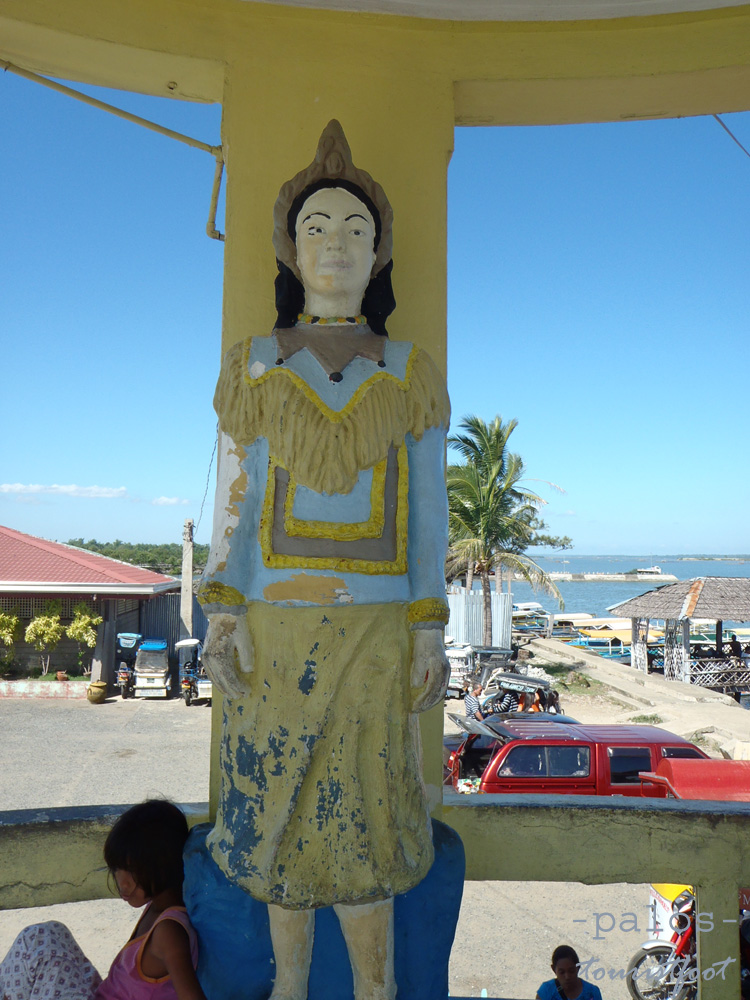
Urduja Skeptics
Modern research by historian William Henry Scott indicates Ibn Batutta’s story of Urduja to be pure fiction and the land of Tawalisi to be similarly fictitious. However, the sources relied upon by William Henry Scott was very limited and not definitive.
Nicolas Zafra’s essay “Rizal on the Location of the Kingdom of Princess Urduja” (1952) questions the claim that Princess Urduja’s kingdom was in Pangasinan. Like all the other scholars before him, Professor Zafra holds that the key to the mystery regarding the location of Urduja’s kingdom lies in the identification and location of Tawalisi. He examines the hypotheses of scholars, including that of Rizal, and finding them implausible, proceeds to offer his own findings through a systematic rational analysis of geographic distances and sailing time. He argues that Tawalisi is not in Luzon but in the southeastern part of Indochina; that the evidence does not warrant the claim that Princess Urduja’s kingdom was in Pangasinan; and that there is no evidence that conclusively establishes the claim that Urduja lived in the Philippines; he therefore concludes that she cannot be regarded as an authentic historical character in Philippine history.
Pangasinense historian Dr. Rosario Cortes who taught at the Department of History in the University of the Philippines and the first to research and write a comprehensive history of the province, demolished all claims made by del Castillo and Catanaoan in the above mentioned conference. Cortes, together with Professor Rose Maria lcagasi, pronounced the story of Princess Urduja as more “fakelore” than history.
In that same conference, papers presented were predominantly focused on the investigation of the exact location of the Kingdom of Tawalisi. Old arguments resurfaced, some rehashed. But only a few managed to go back to the basis of such a story and question its authenticity. One of these was Dr. Mamitua Saber of Mindanao State University who disparaged the entire account noting what Professor Charles Beckingham of London University who translated the account from Arabic to English said:
I am increasingly skeptical about Ibn Batutta’s alleged travels in Southeast Asia and China. They do not seem to me to be a genuine account of real journeys – I suspect that the problem is not so much identifying where he went as finding the source of information he gives (Saber 1990).
Various interpretations of the narrative, especially those which were orally transmitted caught the fanciful imagination of storytellers. These books were read by schoolchildren, or, if not, by their teachers who passed on the story to them. Having imbibed the story as history, members of the generation that grew up from 1925 to 1940 had implanted in their consciousness the reality of the amazon princess which could not be completely undone by scholarly revelations.
Where Is Tawalisi?
A long list of guesses as to the location of Tawalisi have included Pangasinan, Luzon, Sulu, Celebes (Sulawesi), Cambodia, Cochin-China, the mainland province of Kwangtung, and practically every island in South Asia beginning with ta.
But based on linguistics and considering the Chinese perspective in the 13th-14th centuries A.D., Tawalisi might be a Chinese pronunciation of ‘Jawa rsi’ which could mean kingdom of Java or king of Java. The original name of the duchess of the said land was actually spelled in Arabic by Ibn Battuta as WHR DJ , which might be misread as Urduja instead of reading it as Wahre Daja (Bhre Daha) due to the lack of geographical perspective and the lack of knowledge in the Arabic script congruent to the period when it happened.
So Who Was Princess Urduja?
Bhre Daha (duchess of Daha) was a title given to Rajadewi, also known as Dayah Wiyat, the younger sister of Bhre Kahuripan. Bhre Kahuripan, known by her regnal name Tribhuwannottunggadewi Jayawishnuwardhani, also known as Dyah Gitarja was a Javanese queen regnant and the third Majapahit Empire monarch, reigning from 1328 to 1350. With the help of her prime minister Gajah Mada, she pursued a massive expansion of the Majapahit empire. Tradition mentioned her as a woman of extraordinary valour, wisdom and intelligence.
Gitarja came to the throne by the order of her mother Gayatri in 1329, replacing Jayanegara, who was murdered in 1328. In 1331, she led the army herself to the battlefield with the help of her cousin, Adityawarman, to crush rebellion in the areas of Sadeng and Keta.
With the help of prime minister Gajah Mada, Tribhuwana pursued a massive expansion of the empire. In 1343 the Majapahit Empire conquered the Kingdom of Pejeng, Dalem Bedahulu and the entire island of Bali.
If we look at the travelled route of Ibn Batutta, meeting Tribhuwana Wijayatunggadewi is a much more plausible scenario backed by historical fact – if, of course, it happened at all. We need to remember that Batutta documented his journey nearly 26 years after he had completed it. It is also unknown if he was reciting his journey by memory, through notes and journals, or from other works he had read.

Plagiarism?
It has been speculated Ibn Battuta may have plagiarized entire sections of his descriptions of China lifted from works by other authors. Orientalist scholar, Ralf Elger (author of the book, Ibn Battuta: Die Wunder des Morgenlandes) writes that there are numerous indications that Ibn Battuta’s travel account is not based on his own observations – for example in the case of descriptions of rulers who verifiably governed before or after Battuta’s lifetime; there are also many inconsistencies in the geographical details. Most notable, Elgar points out, are however the striking resemblances to various writings of his era, primarily to a pilgrimage account written by a certain Ahmad Ibn Jubayr. Pages of this work were either slightly reworked or copied word for word: “Many of Ibn Battuta’s accounts do not provide us with his immediate travel impressions at all, but rather confront us with his skill as a plagiariser,” says Elger.
Further, Ibn Battuta, Rashīd al-Dīn Ṭabīb’s and Marco Polo’s writings share extremely similar sections and themes, and some of the same commentary. What struck me was Marco Polo’s description of the female Mongol warrior, Khutulun.
Khutulun was born about 1260. By 1280, her father Kaidu became the most powerful ruler of Central Asia, reigning in the realms from western Mongolia to Oxus, and from the Central Siberian Plateau to India.
Marco Polo described Khutulun as a superb warrior, one who could ride into enemy ranks and snatch a captive as easily as a hawk snatches a chicken. She assisted her father in many battles, particularly against the Yuan Dynasty of her cousin the Great Khan – Kublai (r. 1260–94).
Khutulun insisted that any man who wished to marry her must defeat her in wrestling. Winning horses from competitions and the wagers of would-be suitors, it is said that she gathered a herd numbering ten thousand.
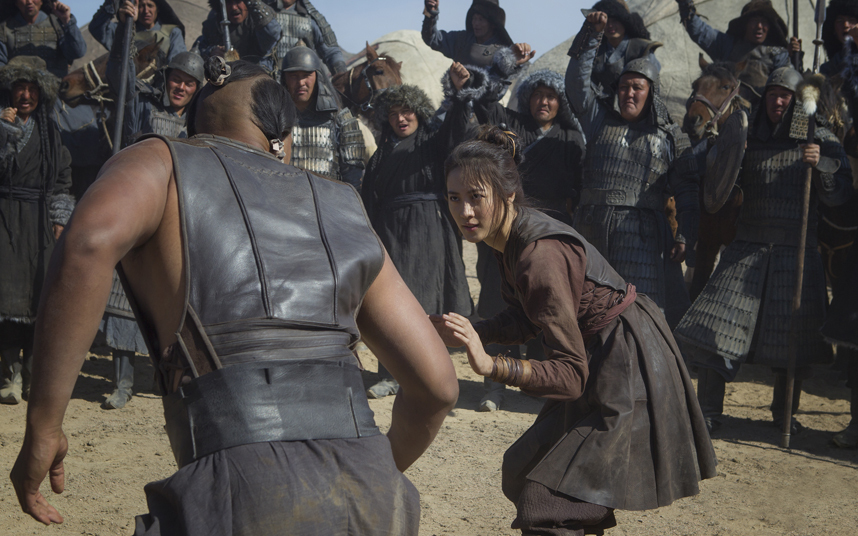
Sources vary about her husband’s identity. Some chronicles say her husband was a handsome man who failed to assassinate her father and was taken prisoner; others refer to him as Kaidu’s companion from the Choros clan. Rashid al-Din wrote that Khutulun fell in love with Ghazan, Mongol ruler in Persia.
Of all Kaidu’s children, Khutulun was the favorite, and the one from whom he most sought advice and political support. According to some accounts, he tried to name her as his successor to the khanate before he died in 1301. However, his choice was declined due to her male relatives. When Kaidu died, Khutulun guarded his tomb with the assistance of her brother Orus. She died in 1306.
Princess Urduja as Myth
Why does the image of Princess Urduja continue to persist in spite of the academic declaration against her biological reality? Parents christened their newborn babies Urduja. The name Urduja would be a popular choice for restaurants and such public establishments in various parts of the Philippines.

It could be that Princess Urduja as myth responds to the problems posed by patriarchal ideology. It responds through cultural negation or symbolic inversion by presenting as an alternative an amazon kingdom where women warriors are highly esteemed and respected because of their skill and prowess in battle. Its negation or inversion of phallogocentrism celebrates the female persona. Princess Urduja challenges the male when she declared that she would only marry the person who could overpower her in a duel. The struggle towards gender equality has been equated with patriarchal values such as power, triumph and honor. Whose narrative discourse is the myth? Ibn Batuta or Pangasinenses? The myth of kingdoms and princesses may also have grown as a defensive responses to the onslaught of Hispanization (later, Americanization and/Saxonization).
While the categories of history have failed to underscore the truthfulness about Princess Urduja and the Kingdom of Tawalisi, the appeal of a narrative about a female warrior in a powerful pre-colonial Philippine Empire have not.
SOURCE:
Ibn Battuta, The Travels of Ibn Baṭṭūṭa, A.D. 1325–1354, vol. 4, trans. H. A. R. Gibb and C. F. Beckingham (London: Hakluyt Society, 1994)
William Henry Scott, Prehispanic Source Materials for the Study of Philippine History
Yule, Henry (1866). Cathay and the Way Thither. London.
Maria Crisanta Nelmida-Flores, PRINCESS URDUJA: A SYMBOLIC SUBVERSION
Catanaoan, Catalina. 1990. ”The Bolinao Archeological Sites,” ( mimeograph).
De Raedt, Jules. 1989. “Folklore Analysis”. In DILlMAN REVIEWQuezon City: College of Arts and Letters and College of Social Sciences and Philosophy, University of the Philippines Diliman.
Galang, Zoilo M. 1935-1937. ENCYCLOPEDIA OF THE PHILIPPINES. Manila: P. Vera.
Magno-Icagasi, Rosa Maria. 1992. URDUJA BELEAGUERED. Quezon City: Kalibsan Press,
Saber, Mamitua. 1990. “Was There A Filipino Princess Urduja?” (mimeograph).
Scott, William. 1982. CRACKS IN THE PARCHMENT CURTAIN. Quezon City: New Day Publishers.
Zafra, Nicolas. I 977. JOSE RIZAL: HISTORICAL STUDIES. Quezon City: University of the Philippines Press.
Jordan Clark is a Canadian born descendant of Scottish immigrants living on the homelands of the Lekwungen speaking peoples. His interest in Philippine myth and folklore began in 2004. Finding it difficult to track down resources on the topic, he founded The Aswang Project in 2006. Shortly after, he embarked on a 5 year journey, along with producing partner Cheryl Anne del Rosario, to make the 2011 feature length documentary THE ASWANG PHENOMENON – an exploration of the aswang myth and its effects on Philippine society. In 2015 he directed “The Creatures of Philippine Mythology” web-series, which features 3 folkloric beings from the Philippines – the TIKBALANG, KAPRE and BAKUNAWA. Episodes are available to watch on YouTube. Jordan recently oversaw the editing for the English language release of Ferdinand Blumentritt’s DICCIONARIO MITOLÓGICO DE FILIPINAS (Dictionary of Philippine Mythology) and is working on two more releases with fellow creators scheduled for release later this year. When his nose isn’t in a book, he spends time with his amazing Filipina wife of 20 years and their smart and wonderful teenaged daughter.

